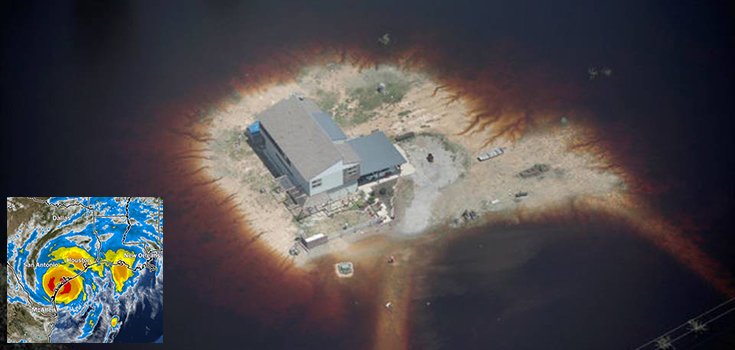Was the EPA Transparent About the Looming Toxicity from Hurricane Harvey?

On August 2, an internal watchdog at the U.S. Environmental Protection Agency (EPA) announced that it will investigate whether federal and state officials were transparent with the public about looming health dangers posed by air-quality issues in the wake of Hurricane Harvey. [1]
The audit, issued by the office of EPA Inspector General Arthur Elkins, will probe the agency’s response following several highly-publicized accidents and spills following the August 2017 storm that ravaged the Houston metro area with flooding.
The review was initiated internally, not due to a request from Congress or any whistleblower complaints, according to Elkins’ spokeswoman, Jennifer Kaplan.
In the days after the monster storm, nearby residents complained of noxious smells and burning eyes and throats, but EPA and state officials continued to insist there was no public safety threat, citing government air monitoring results.
However, in March 2018, The Associated Press and the Houston Chronicle reported that government records painted a vastly different picture than the one being painted by the EPA and state officials. The records showed shockingly high levels of benzene, vinyl chloride, butadiene, and other known human carcinogens were spewed over local neighborhoods and waterways when Harvey unleashed torrential rains on southeastern Texas. [1]
Kaplan says that the internal watchdog will investigate how officials responded to:
- The explosions and fire at an Arkema Inc. chemical plant in Crosby
- A big benzene spill at Royal Dutch Shell PLC ‘s Deer Park complex
- Spills of sodium hydroxide and benzene from a Chevron Phillips Chemical Co. plant in Baytown
- A huge gasoline spill at Magellan Midstream’s Galena Park terminal east of Houston
One Year After Harvey – Is Houston Now Prepared?
The inspector general’s office said in a letter that it would look into whether the EPA and Texas state agencies properly addressed areas considered high-risk, and whether air-quality monitoring revealed any potential health threats. The review will also look at those air-quality monitoring results to determine if any related health concerns were “accurately communicated to the public.”
In the immediate aftermath of the story, officials were primarily focused on “addressing any environmental harms as quickly as possible as opposed to making announcements about what the problem was,” said Samuel Coleman, who was the EPA’s acting regional administrator in Texas during Harvey before he retired.
Looking back, Coleman said, it might have been wise to inform the public about the worst of “dozens of spills.”
In December 2017, a separate review looked at the EPA’s 2017 preparedness and response efforts during hurricanes Harvey, Irma, and Maria to contamination of waterways and drinking water supplies.
Sources:
